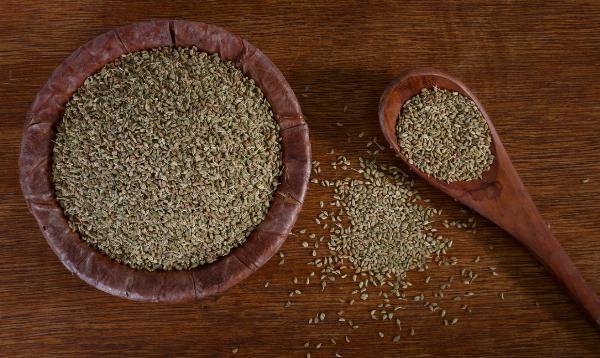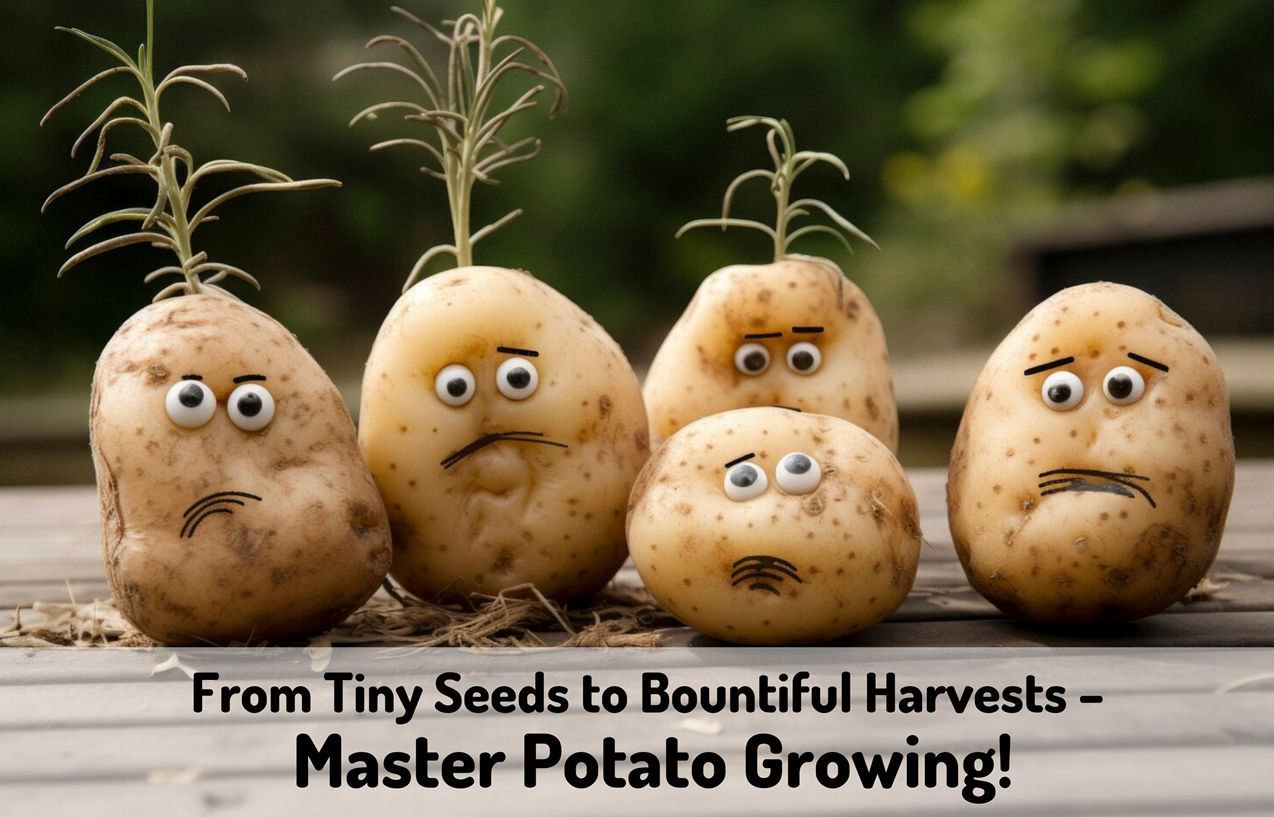 Smart Link Building – DA 50+ Backlinks with Fast Indexing!
Smart Link Building – DA 50+ Backlinks with Fast Indexing!
The All-In-One Guide to Henna Cultivation in India
Written by Rajendra » Updated on: June 17th, 2025

Henna (Lasonia Inermis), often known as the Mehndi Plant, is a perennial shrub farmed commercially for its leaves. It is also known as Madyantika because of its aromatic blossoms. Henna leaves contain 'lasone', a pigment chemical used to colour hair and skin.
A Henna is a small bushy tree. Its branches are spiny, and its leaves are dark green and sharp. This plant’s white flowers bloom in clusters, and they contain many seeds. Once henna is applied, its crop is available for many years.
Mehndi is a natural plant with medicinal benefits in its leaves, flowers, seeds, and bark. During festivals, married women's palms are decorated with henna, which is said to represent beauty and compassion. Additionally, Applying mehndi to hands is considered auspicious not only on wedding days but also on many other important occasions.
Interested in cultivating henna? You can read the blog below for all the important information related to this farming.
Leading Henna Producing States in India:
India is famous for its rich tradition of henna cultivation, and several states stand out as the primary producers of this valuable plant. Let’s check these states below.
- Rajasthan
- Gujarat
- Madhya Pradesh
- Uttar Pradesh
- Andhra Pradesh
- Karnataka
7 Amazing Benefits of Henna:
Henna is a highly beneficial plant. It has many substances that can help fight certain infections. Let’s delve into the benefits of henna below.
- Good for hair health
- Cures arthritis pain
- Works as instant coolant
- Controls blood sugar levels in the body
- Have anti-cancer properties
- Enhances brain functions
- Heals wounds
Henna Farming Steps:
To start henna cultivation, it is important to first understand the various steps of this farming. Some of these steps are weather conditions, soil preparation, planting, irrigation, harvesting, etc. You can find all the detailed information related to these steps below.
1. Climatic Requirements for Growing Henna
The ideal weather requirements for the henna plant are mentioned below for reference.
- Temperature: Henna requires a warm climate for best growth with a temperature of 25°C to 35°C.
- Rainfall: It requires at least 250 mm of rainfall per year. However, henna should be kept in dry conditions, as excessive rainfall is harmful to the plants.
- Sunlight: Henna plants require direct sunlight, at least 6 to 8 hours a day.
2. Land Preparation
Anyone who is planning to start henna farming can check the soil preparation techniques for this plant below.
- Type of Soil: Henna grows best in sandy loam or light clay soil that is well drained.
- Soil pH: The soil pH should be between 6.0 and 8.0, which is slightly acidic to neutral.
- Land clearing: Remove the growing weeds, rocks, or any other kind of debris in the planting area.
- Loosen the Soil: Use a plough or tiller to break up the soil and mix in compost for added nutrients. To attach the plough, farmers can use a versatile tractor like the New Holland 4710 4WD. It is a powerful tractor that can work effectively on the farm. Additionally, the New Holland 4710 4WD hp is 47.
3. Plantation
Proper planting techniques are important as they help the plants establish strong roots and grow effectively. Let’s check the henna plantation process below.
- One can either start from seeds or as small seedlings.
- Direct sow seeds in the soil at about 1 cm deep.
- Plant seeds at a distance of 30 cm (12 inches) between rows 60 cm (24 inches).
- Transplant seedlings into the soil after 6-8 weeks.
- Plant seedlings 30 cm (12 inches) apart to allow room for growth.
4. Irrigation Methods
Here are the necessary irrigation methods to water the henna plants.
- Water Needs: Henna plants do not need a lot of water. However, growers should keep them moist during dry periods.
- Irrigation Method: Use a drip irrigation system or water the plants every 7-10 days.
- Avoid Overwatering: Make sure that the soil drains well to prevent waterlogging.
5. Pest and Disease Control
One can check the common pests and diseases of henna and their control measures below.
- Common Pests: There are several common pests, such as aphids, Spider mites, and whiteflies.
- Natural Remedies: Use neem oil and insecticidal soap to control pests.
- Disease Prevention: Do not overwater the plants, as this may cause fungal diseases. Ensure healthy growth by providing good air circulation around the plants.
6. Harvesting
This is the most important process of henna. Farmers can follow the below mentioned steps to properly harvest the henna.
- Time: Growers can harvest the henna leaves 6-12 months after planting, when the plants have fully matured.
- Cut the Stems: They should use clean scissors or pruning shears to cut stems bearing leaves.
- In large-scale cultivation, a New Holland harvester can be employed, which will ensure efficiency and save time and labour in cutting the stems.
7. Drying and Processing Henna Leaves
- Drying: The leaves are spread out in a cool, dry place with good circulation of air. Farmers should avoid direct sunlight.
- Grinding: Once it dries, grind it well into a fine powder. It is used as an active part of henna pastes or dyes.
Conclusion:
In a way, henna farming represents a beautiful way to connect with nature and learn about different agricultural practices. With the right knowledge and tools, you can grow henna plants successfully and enjoy the many benefits they offer. It doesn’t matter if you are planting your first henna seeds or if you own an existing henna farm and are looking to expand it. Our guide will help you do successful henna cultivation.
Note: IndiBlogHub features both user-submitted and editorial content. We do not verify third-party contributions. Read our Disclaimer and Privacy Policyfor details.
Copyright © 2019-2025 IndiBlogHub.com. All rights reserved. Hosted on DigitalOcean for fast, reliable performance.











